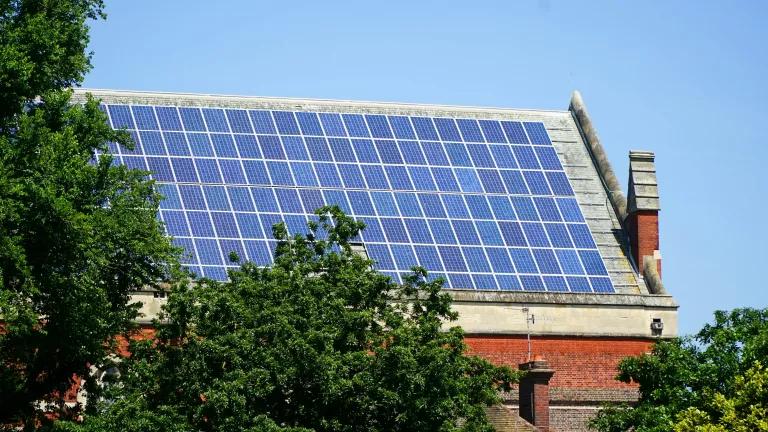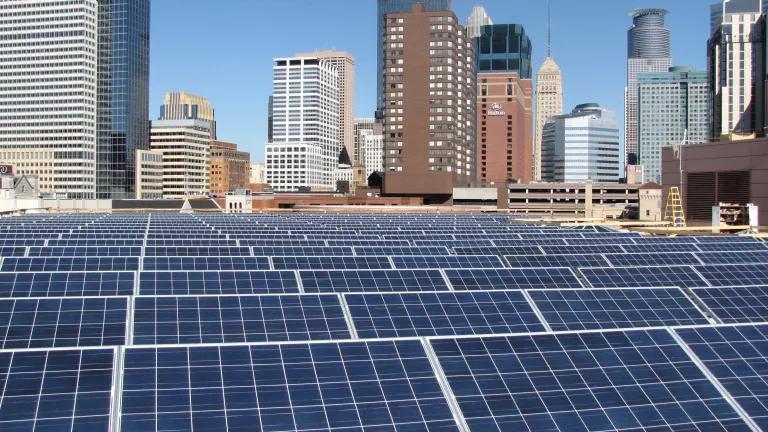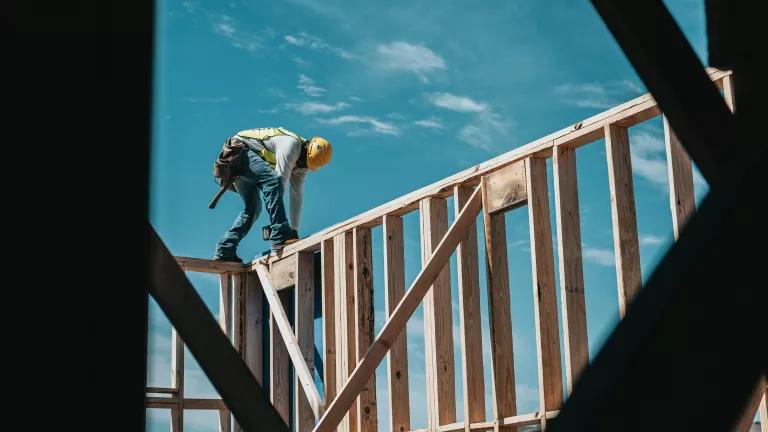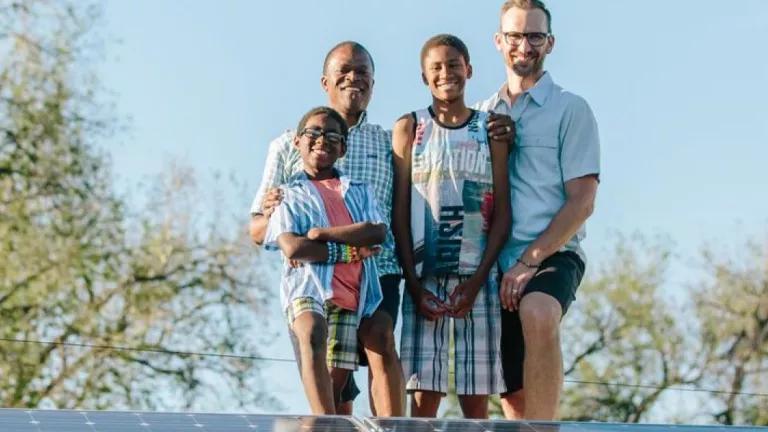EPA Announces $7 Billion in Solar for All Awards
$7 billion to deliver the benefits of solar and storage to underserved and disinvested communities under EPA's Greenhouse Gas Reduction Fund (GGRF).

Earlier today, the Environmental Protection Agency (EPA) announced 60 awardees for its $7 billion Solar for All program, which will create and expand solar programs that deliver meaningful benefits to underserved and disinvested communities throughout the country. Solar for All is one of three programs under EPA’s $27 billion Greenhouse Gas Reduction Fund (GGRF), a financing program established in the Inflation Reduction Act of 2022. Earlier this month, EPA announced awardees for the other two GGRF programs. Combined, these three GGRF programs represent an unprecedented investment in climate action and communities, directing long-overdue funding to projects that will reduce pollution, lower energy costs for families across the United States, and create good-quality jobs – all while catalyzing an unprecedented wave of private sector investment.
One hundred percent of the Solar for All awards are meant to benefit communities defined by EPA as low-income and disadvantaged (LIDAC). Low-income households have thus far been disproportionately left out of our country’s clean energy transition – they face an average energy burden three times higher compared to non-low-income households, and are disproportionately less likely to adopt solar. Solar energy is also not reaching communities of color equally, as majority Black and Hispanic neighborhoods see significantly less rooftop solar installed compared to majority white neighborhoods. Many of these same communities have long lived with the wide-ranging and detrimental effects of environmental injustice, whether it be high levels of air pollution, water contamination, or the disproportionate siting of industrial facilities.
Solar For All Program Details
The 60 Solar for All awards include 49 state-level awards, 6 awards serving Tribes, and 5 multi-state awards, all of which will either expand existing low-income solar programs, or create new solar programs that benefit LIDAC. EPA estimates that collectively these programs will deliver over 4 gigawatts of solar energy for these communities, saving households over $350 million annually through reduced electricity bills, and reducing 30 million metric tons of carbon dioxide equivalent emissions cumulatively. Importantly, Solar for All awards will create new low-income solar programs in at least 25 states and territories – expanding solar access to households and creating new markets in places where no solar program existed before.
Awardees will use Solar for All funds to provide grants, low-cost financing, as well as project-deployment technical assistance (which can include workforce training, customer education and outreach, and siting, permitting, and interconnection support) to support residential rooftop and residential-serving community solar projects. Dollars can also be used to invest in “enabling upgrades,” defined by EPA to include energy efficiency improvements, electrical system upgrades, and structural building repairs – all of which will help to maximize the potential of this program. Awardees are expected ensure their program delivers “meaningful benefits” to LIDAC, defined as:
Household savings – delivering a minimum of 20% of household savings to all households served under the program
Expanding equitable access to solar generation to a diversity of households
Increasing resilience of power generation during grid outages
Facilitating community ownership models that allow LI/DAC to access economic benefits of clean energy asset ownership
Investing in workforce development, delivering prevailing wage jobs, and supporting women and minority-owned businesses and contractors
What Is Next?
EPA will finalize contract agreements with awardees in the summer, upon which awardees with existing programs may begin to deploy money into projects. Solar for All awards that establish new programs are anticipated to start substantial community outreach in the fall and winter. See the complete list of Solar for All awardees.
Importantly, EPA has given awardees up to a year for program planning, so now is the time for community-based organizations and environmental justice organizations working in LIDAC, as well as other stakeholders like local governments and mission-driven solar developers, to engage with awardees on effective program design and implementation. Likewise, awardees should be engaging and co-planning with these stakeholders to ensure the benefits of their programs appropriately flow to the communities and households prioritized by EPA. Further, given other complementary policies included in the IRA like elective or “direct” pay, transferability, and renewable energy bonus credits, as well as the other $20 billion in GGRF dollars awarded to nonprofit lenders and the $4.6 billion in Climate Pollution Reduction Grants, it is important that Solar for All programs maximize the resources available to deliver tangible benefits to households, such as significant energy cost reductions, energy asset ownership, and more.



